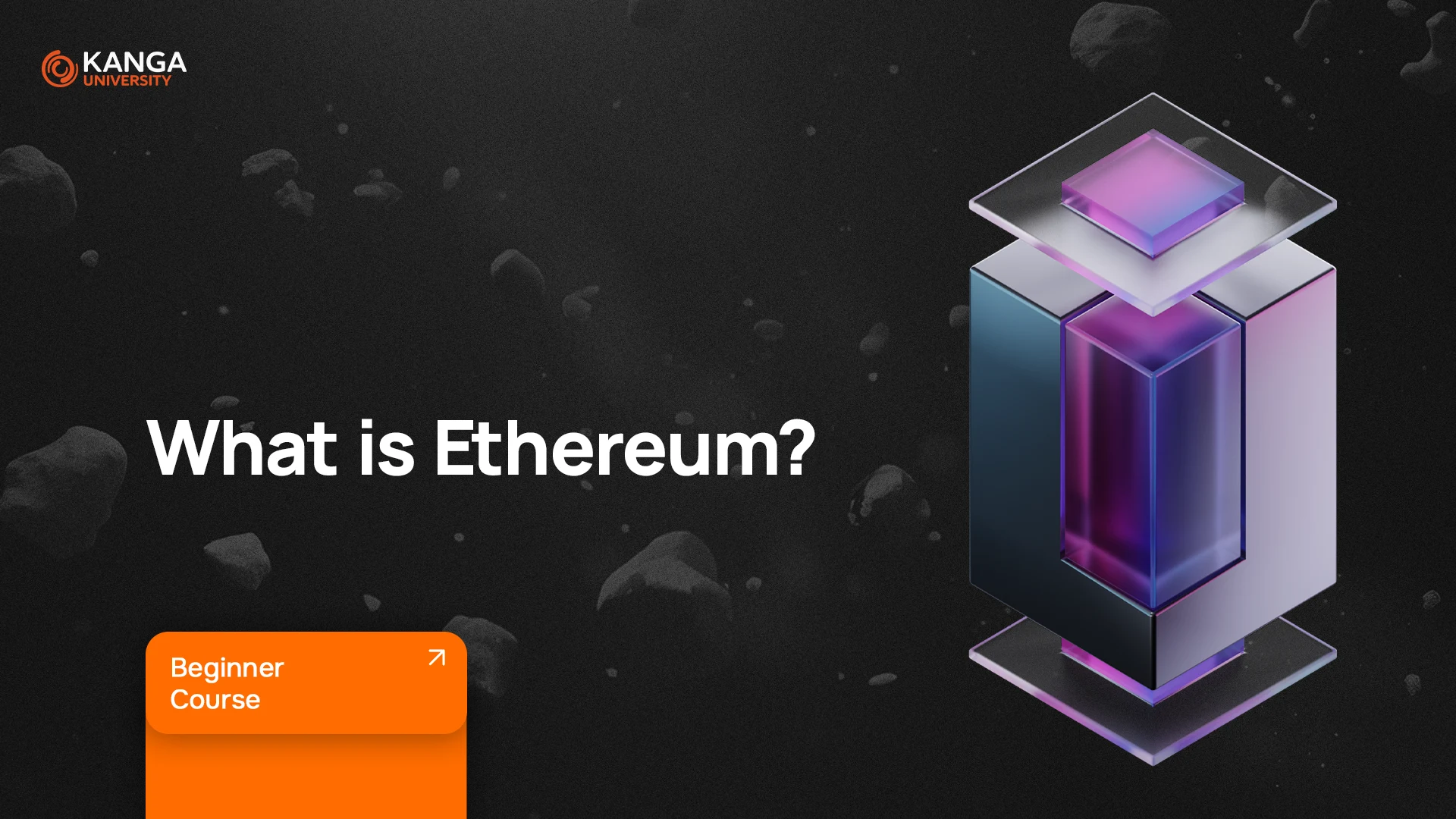
It is an open, distributed software platform. It runs on open source technology on the Blockchain. As the project’s homepage states, “Ethereum is a community-led technology powering the Ether (ETH) cryptocurrency and thousands of decentralized applications.” And it indeed is. There are a number of possibilities here. The platform is entirely decentralized, so a central authority does not control it.
As intended, the project supports Peer-to-Peer (P2P) contracts. P2P is the exchange of data over a network where every user is equal. It also allows us to use Dapps, or decentralized applications.
It is important to remember that Ethereum is not a cryptocurrency (Ether is – ETH). Furthermore, it is a complex blockchain network, consisting of chains of blocks. Whereas each of these blocks is made up of individual nodes. Many computers around the world have a copy of this chain, and any changes to the network must be accepted by all users.
In the crypto world, Ethereum is often described as a second-generation blockchain. It was intended by its creator to be an upgrade to the first generation blockchain, as you may have guessed – Bitcoin. The platform wants to take full advantage of the possibilities offered by the blockchain, without limiting itself to its basic functions. The entire network is based on the Proof-of-Work algorithm, which we have already mentioned more than once.
Ether (ETH) what is it?
Firstly, we must not confuse ETH with ETC here. ETC is Ethereum Classic, which was only created in 2016.
Ether is the native cryptocurrency of the Ethereum platform. We use it as a form of payment or capital investment. If you want to develop some application on the network, you pay with Ether for computing power, for example. Ether is also a reward for miners for mining and their contribution to the blockchain network. The supply of Ether itself is unlimited; however, interestingly, it is subject to the laws of inflation.
Right after Bitcoin, Ether is the second most popular cryptocurrency. It is available on almost all cryptocurrency exchanges. You can store it in a cryptocurrency wallet or trade it on an exchange.
Ethereum – how it works
The Ethereum network has three layers on which its operation is based. The first of these is the Hardware Layer, or base layer. It consists of a vast network of computers or nodes that are connected to each other. In this layer, miners verify, transmit and store all transaction data. They are paid in Ether for doing their hard work. Of course, the amount of reward depends on the Gas pricing system, which we will discuss later. The next layer is smart contracts. It is called the Software Layer. This is where codes send data and implement the desired actions. Although this is another layer, it actually lies on top of the first layer. Programmers write smart contracts in this layer, using any programming language. Contracts automate actions such as transactions. The last layer discussed is dApps, or the application layer. This is where developers can create and run decentralized applications, in the sector of their choice (stock markets, finance, real estate, health, games, etc.).
What is Gas?
Reading news and curiosities from the world of crypto, not once or twice have you come across the statement that Gas fees on the Ethereum network are horrendously expensive. So what is this Gas…? It’s a pricing system built into the network. This fee is made up of bandwidth, space, transaction computational difficulty and Ether value. The entire charge is measured in the so-called GWEI unit, which is the smallest unit of Ether.
Vitalik Buterin – creator
And for the sake of accuracy – the co-creator of the network. He is a Russian-Canadian programmer. He was also behind the creation of Bitcoin Magazine. Likewise, he first described the concept for the whole platform in 2013, and a year later work on it began. Ethereum Switzerland GmbH, a Swiss software company, is behind the creation, construction and continued expansion of the network. Interest in Ethereum has grown every year. In 2017, even the Enterprise Ethereum Alliance consortium was formed, bringing together the largest technology companies working to develop the platform. And if you want to learn more about the life and work of Vitalik himself, we invite you to our previous lessons.
Ethereum vs Bitcoin
Bitcoin came first. It had a clear goal – to create a universal and fully decentralized currency that would not be regulated by central banks. Ethereum has a different goal. He focuses on creating an efficient blockchain network, with massive computing power. He aims to execute single transactions as well as created dApps. We can already see the first difference between the two. We also find differences in the cryptocurrencies themselves. There can be no more than 21 million Bitcoins in circulation. Ether supply, on the other hand, is unlimited. As we mentioned earlier – ETH is susceptible to inflation, which cannot be said about Bitcoin.
What’s more, Ethereum:
- Allows developers to raise funds for their own applications, through donations from the wider community.
- Miners in Ethereum work to earn ETH. In Bitcoin, miners are responsible for mining the block and are rewarded for doing so.
- The transaction price in Bitcoin is limited by its block size. In the case of Ethereum, it is determined by Gas.
Summary
Currently, Ethereum is facing two problems – scalability and high Gas fees. Hence, new updates are constantly being released to effectively address these issues. One of them is Ethereum 2.0, which moves the Proof-of-Work mechanism to Proof-of-stake. The final update will take place in 2022. This will increase network scalability and reduce transaction fees, making Ethereum an even more interesting platform. Given the above lesson, we hope you already understand how Ethereum works. While these are the basics of how Ethereum works, you will learn about more advanced aspects of Ethereum in future lessons.
Kup swoje pierwsze kryptowaluty na Kanga Exchange